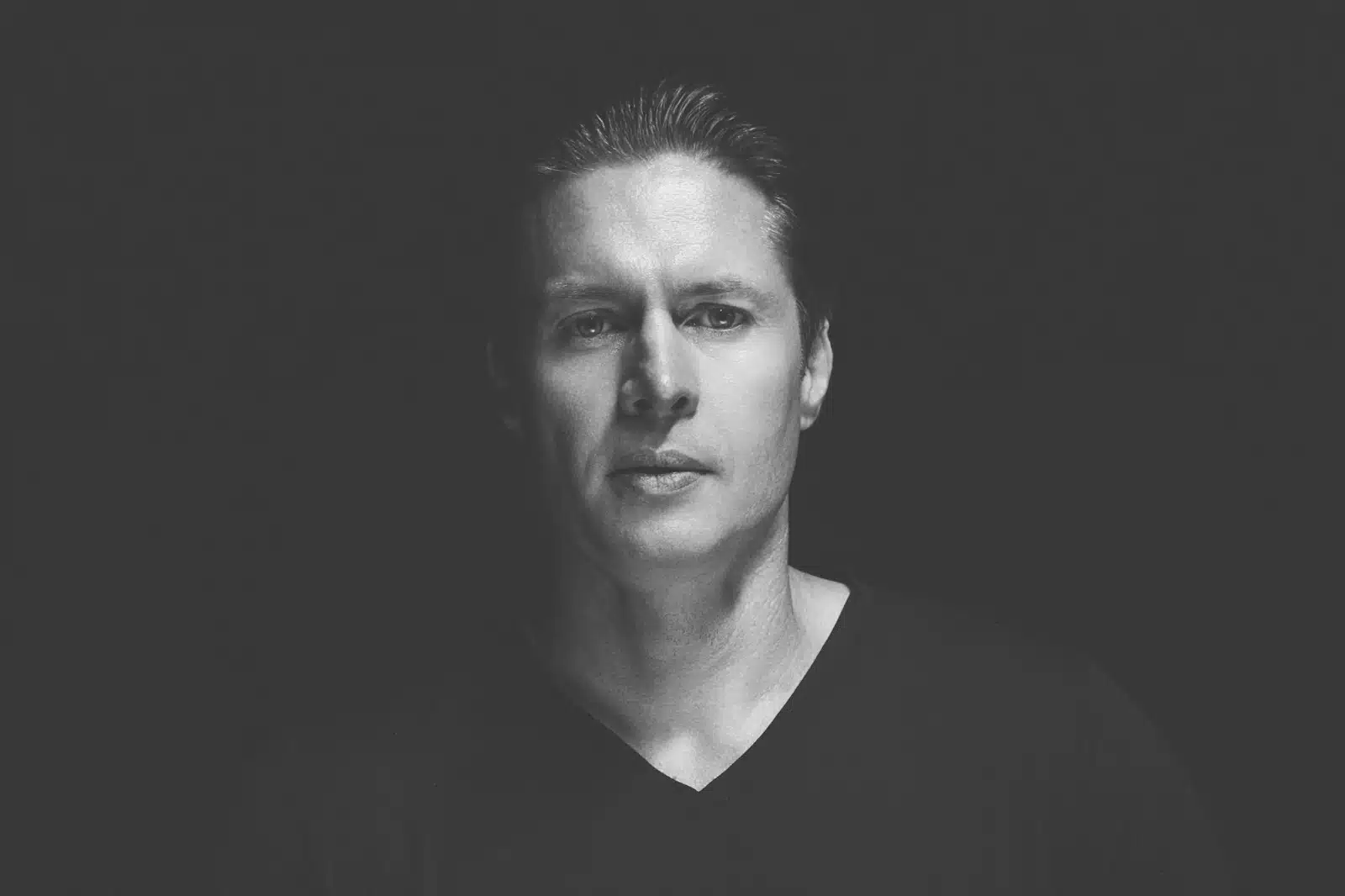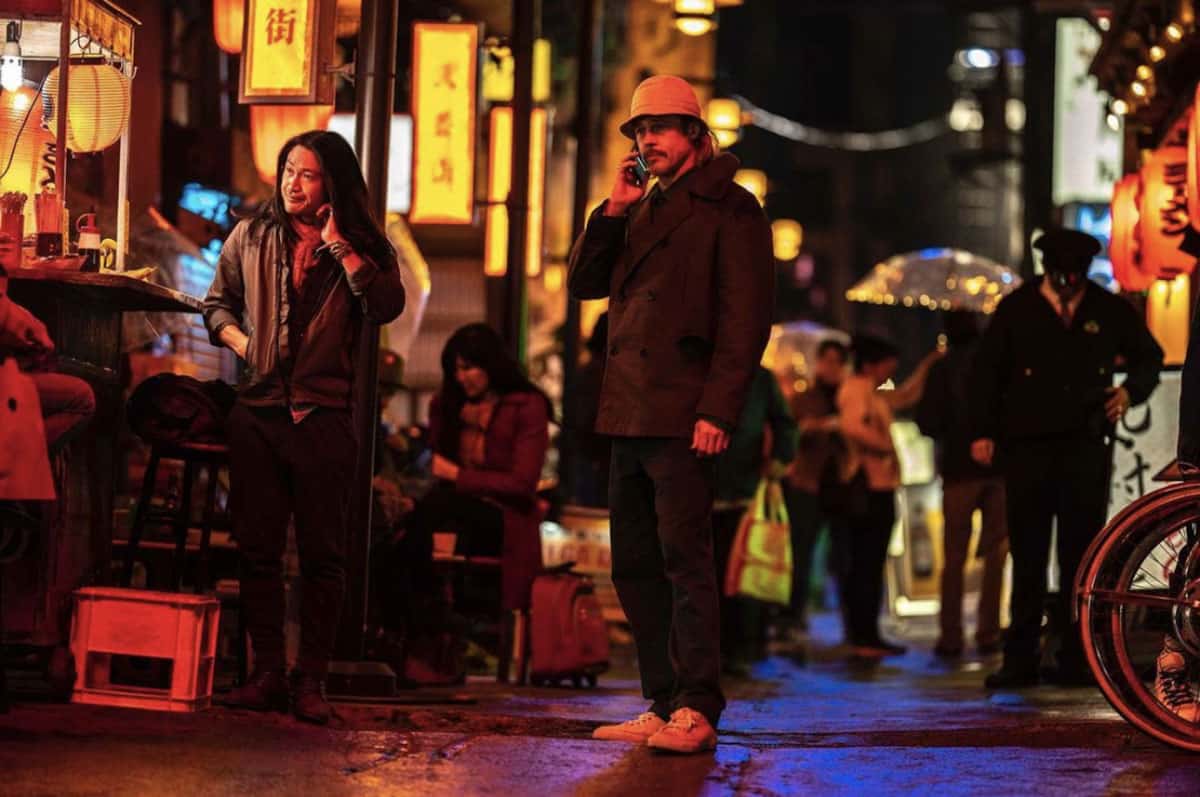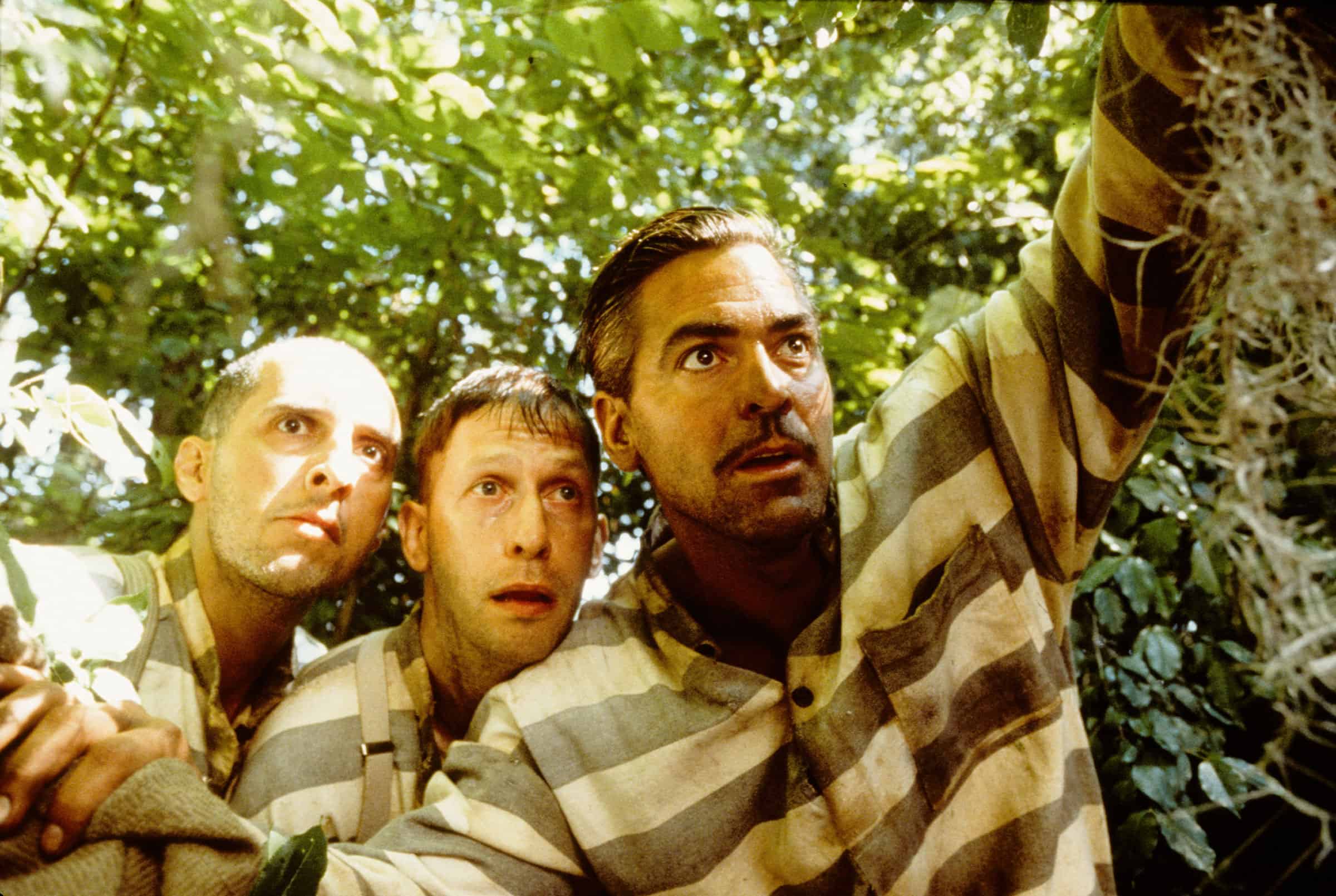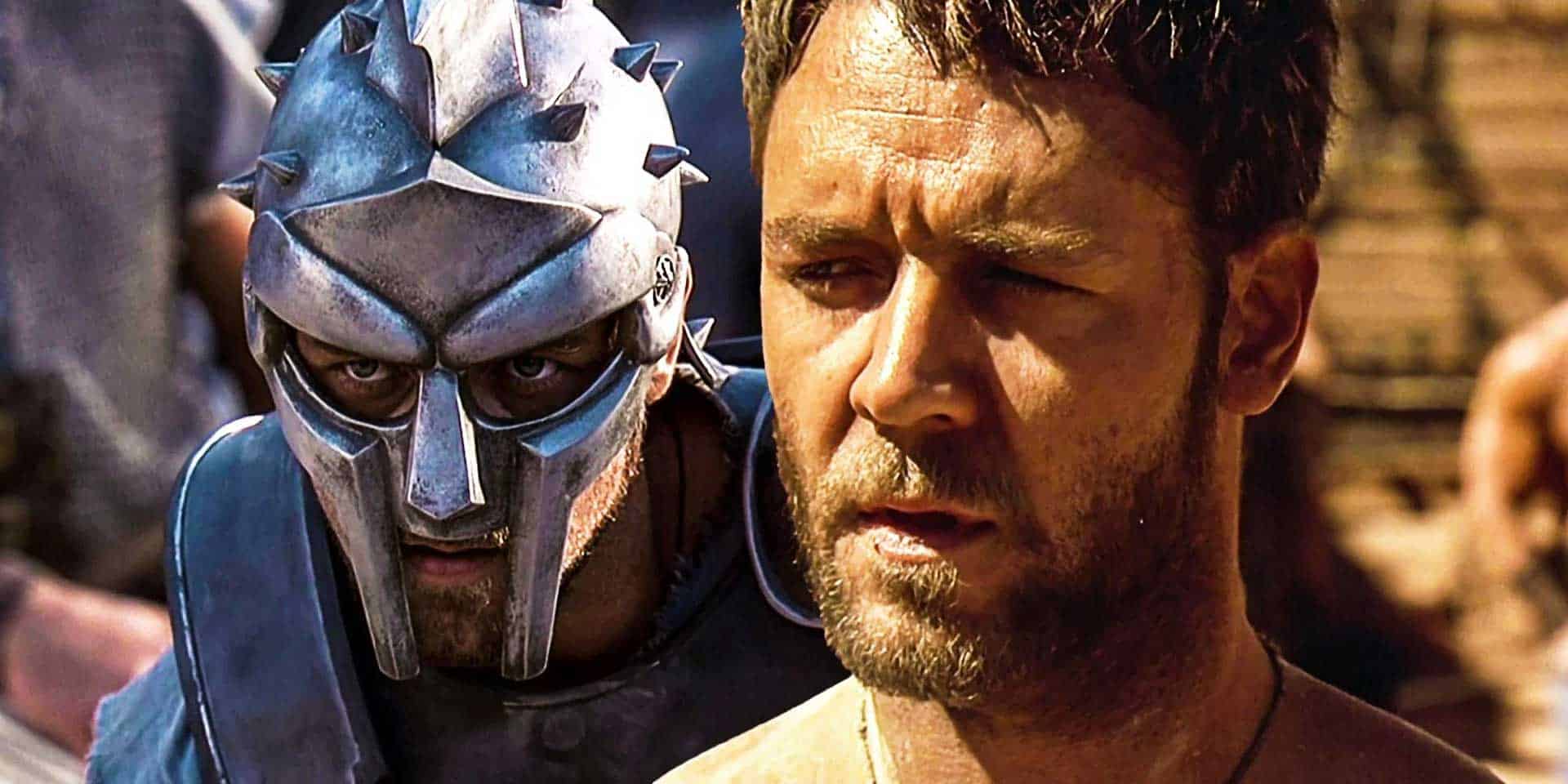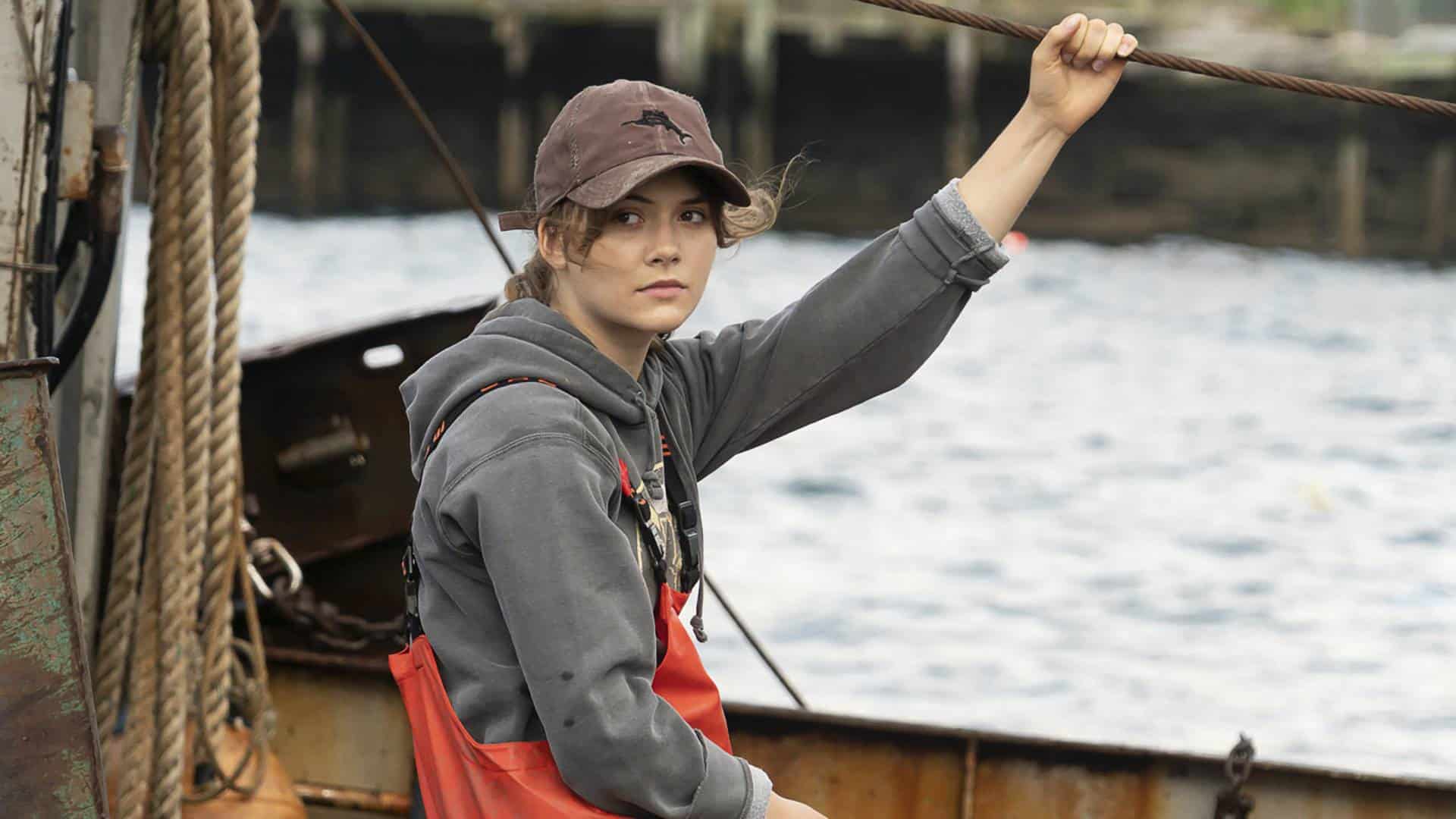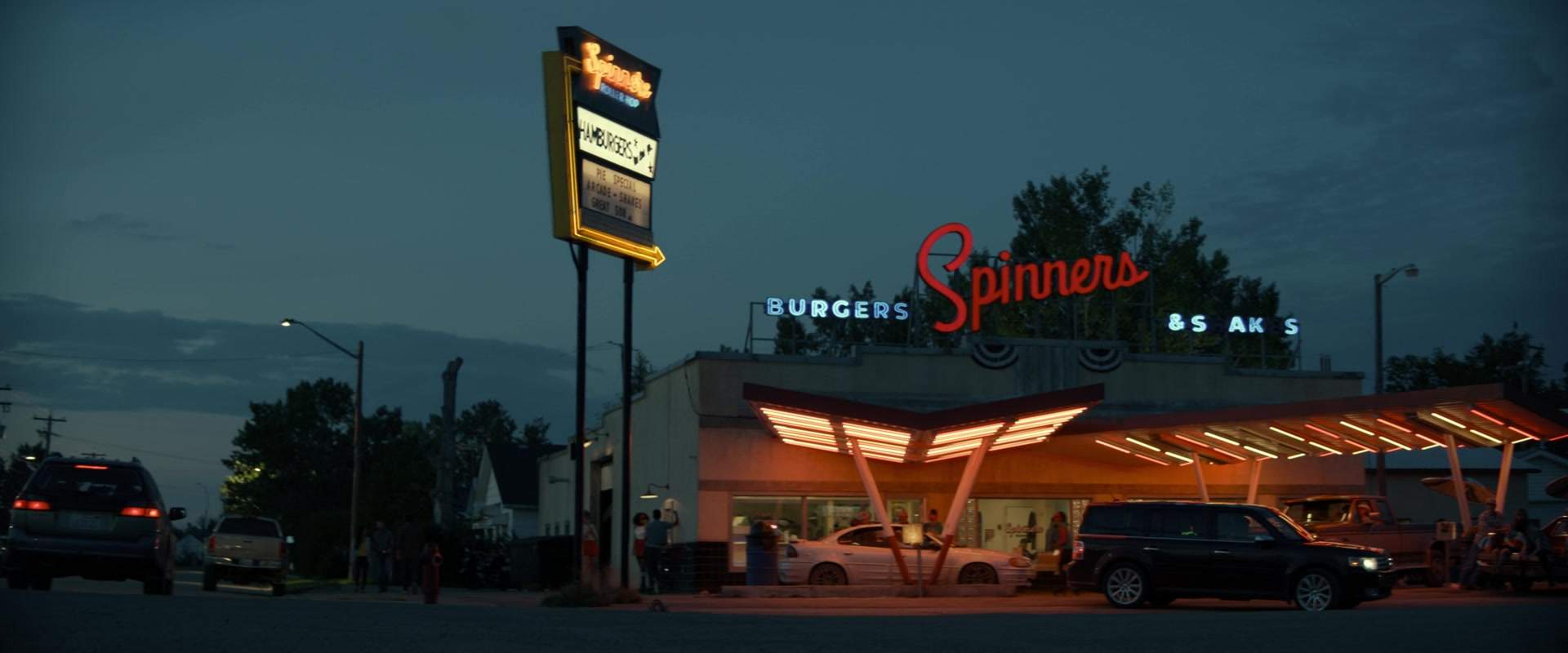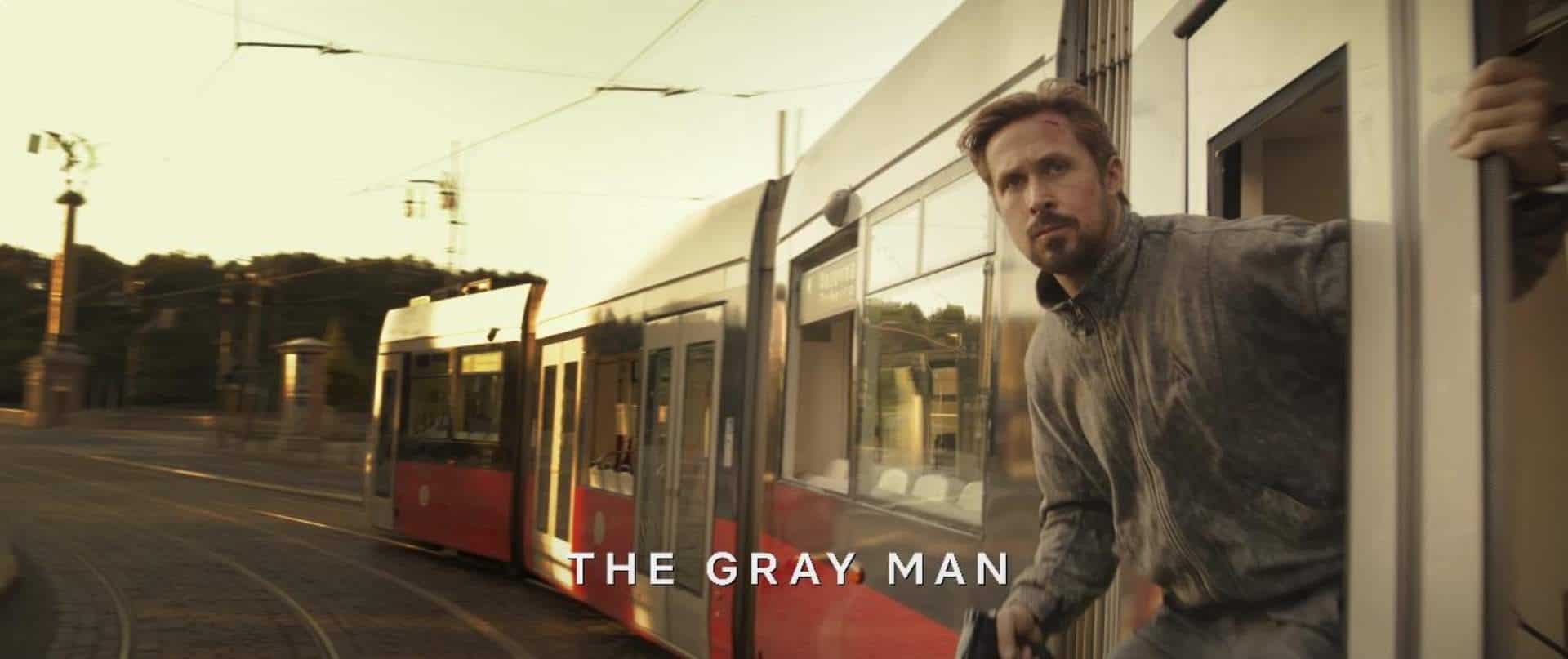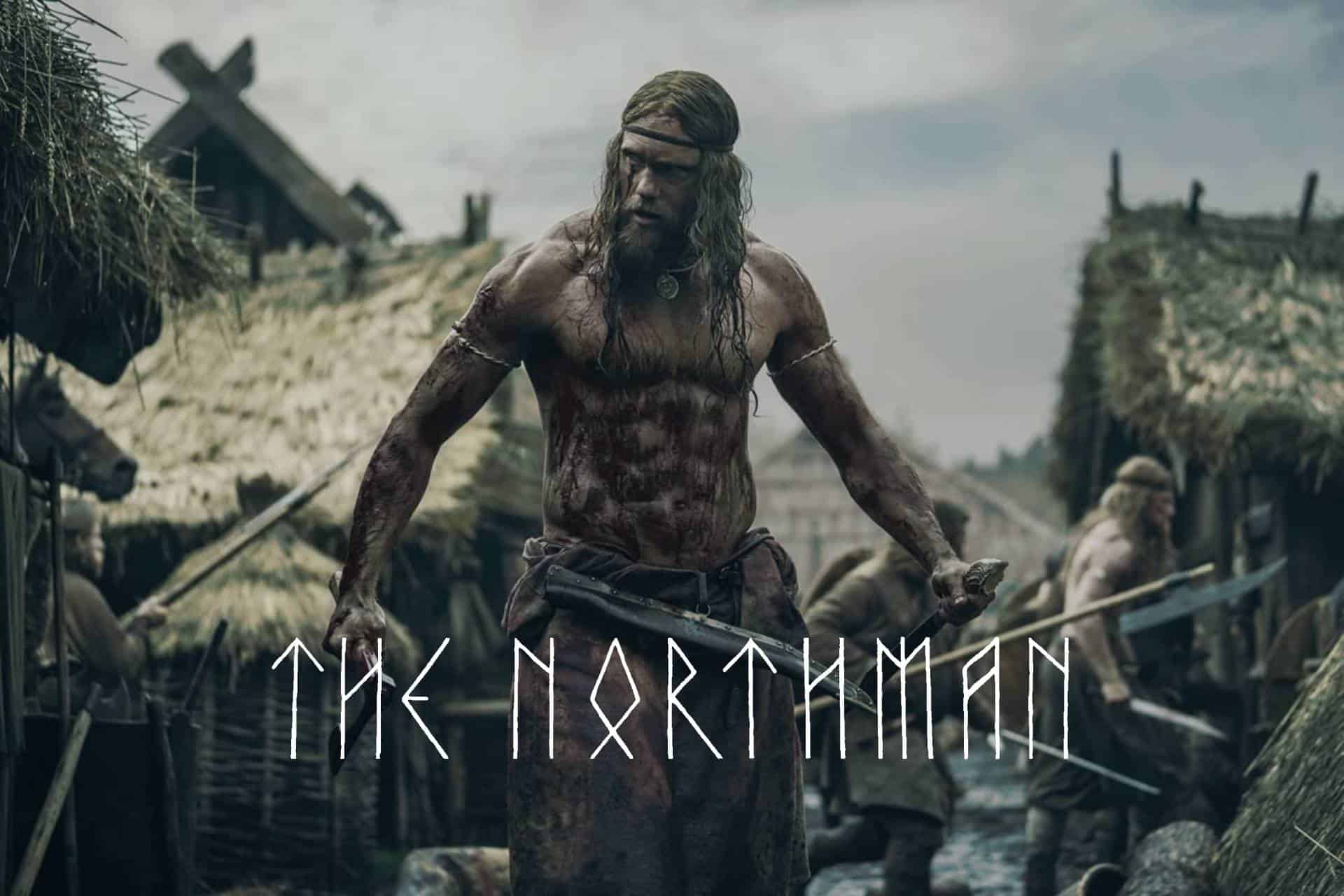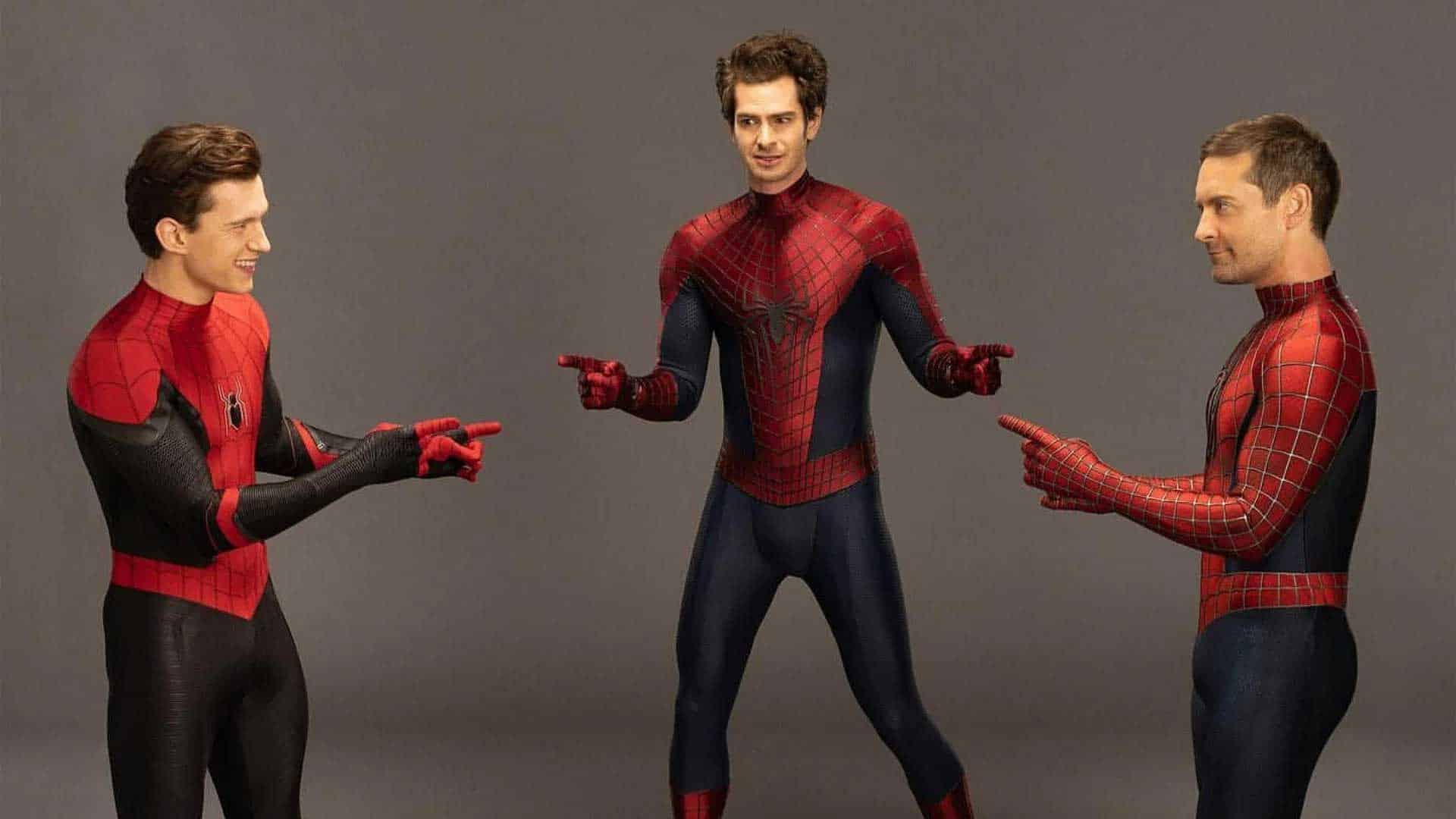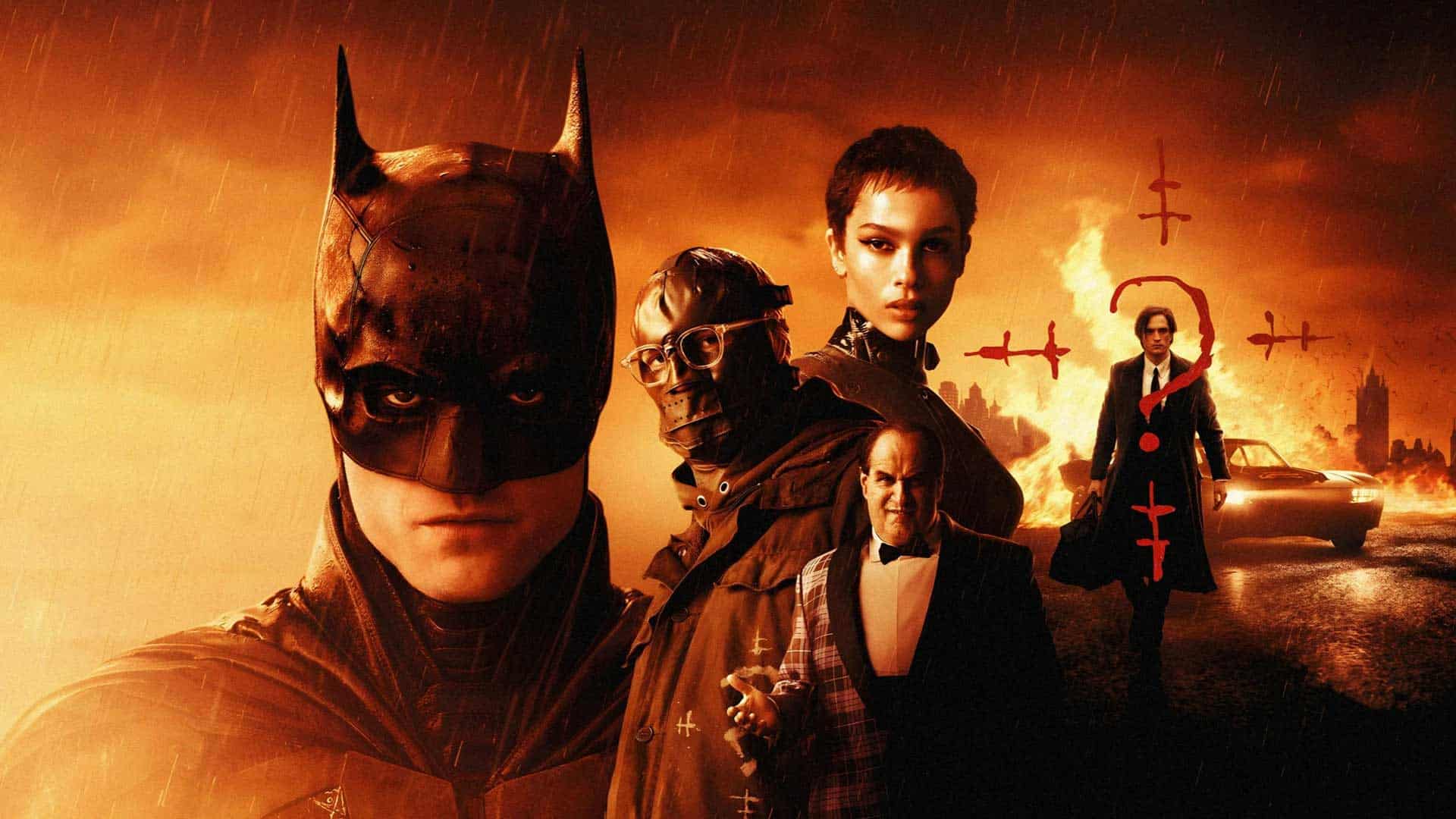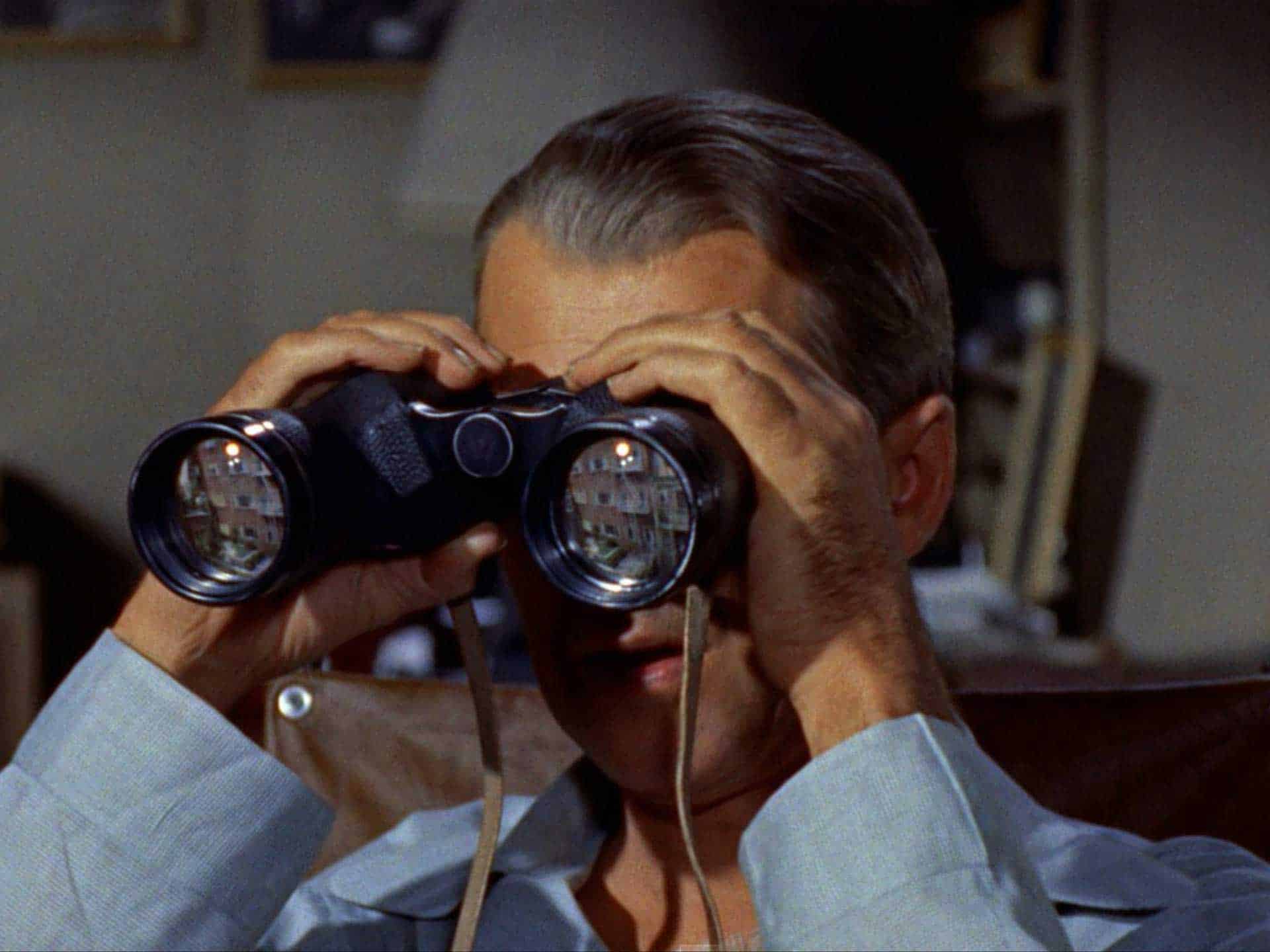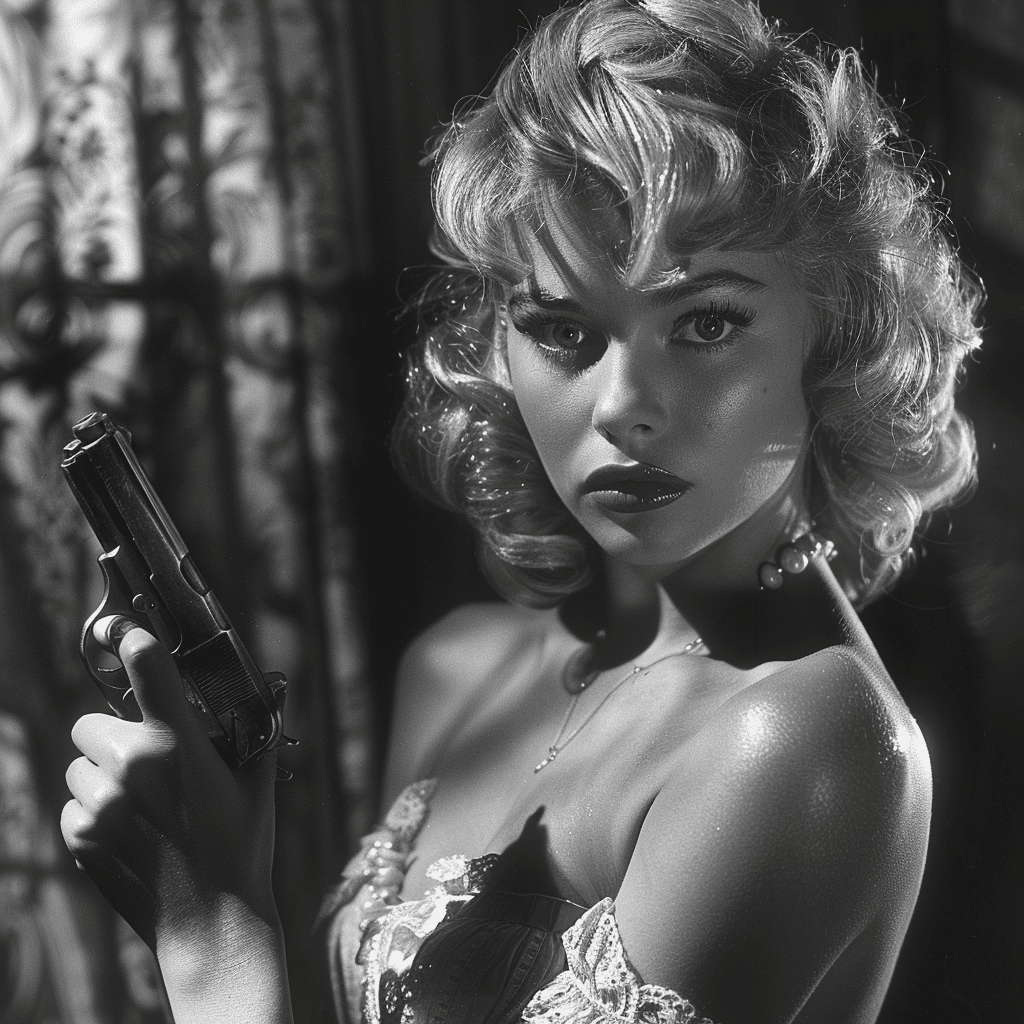The Cabin in the Woods is a long-time collaboration between Drew Goddard, Joss Whedon and long-time writing partner, Joss Wolfson. It’s an unholy mix of The Evil Dead, The Truman Show, and The Truman Show. This film was released in 2012 before meta-horror films were commonplace. This film is a major influence on many films, TV series, and video games, including the branching horror game ‘Until Dawn’. It was a minor hit in its time, but it remains a cult favorite today. How does The Cabin in the Woods fare a decade later?
This story is familiar to all: Five college friends travel for the weekend to a remote cabin, as that’s what horror movie kids do. This group is unaware that sinister forces are watching them and manipulating their actions to make fatal mistakes.
The cabin is, for the most part, a riot. It is funny, funny, and frightening. It is also incredibly playful in deconstructing the best-known horror conventions.
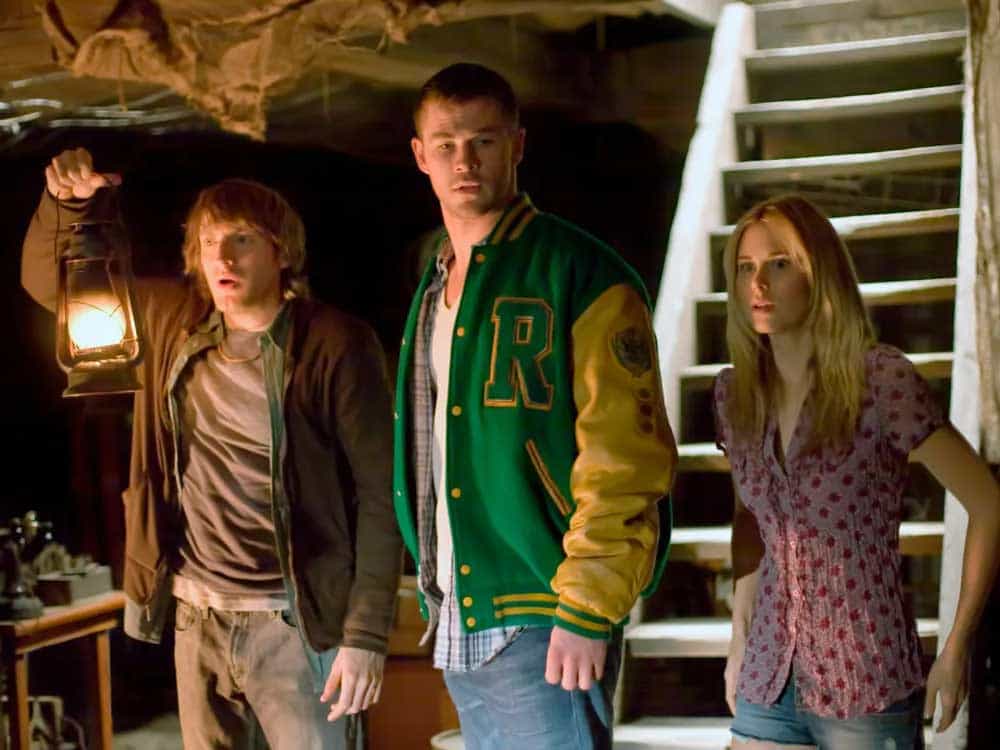
Bradley Whitford and Richard Jenkins make a hilarious comedy duo as senior technicians who work for a company that creates horror movies for the purpose to perform a dark ritual. A group of young adults makes an ill-advised getaway to a cabin in the woods. They all belong to a particular character archetype. This becomes especially relevant in the final. However, they are all given a twist. For example, Curt, the handsome blonde jock, and Jules, the hot-dyed-blonde girlfriend of Anna Hutchinson actually have brains. Kristen Connolly plays Dana, an empathetic and decent protagonist. Jesse Williams plays Holden, the sensitive academic within a sports star’s body. But Fran Kranz, who is one of the greatest movie stoners Marty is, steals the show. His spring-loaded metal bong, and unique drug-addled logic, not only help in the film’s survival but also provide some of its best jokes.
Drew Goddard directed his first feature film. However, Joss Whedon’s stamps are evident throughout the film, which could have an effect on how you enjoy it. Whedon’s writing style is as verbose and sporadic as ever, with some memorable lines (“They have streets paved by actual street”) and “Alright. I’m drawing a line in f*ckin’ sand: Do not read Latin !”),. The film has the same level of giddy entertainment as his earlier films.
Apart from the sci-fi bureaucracy creating an office death pool to combat boredom, the most innovative and lasting idea that was brought to the table was how this bureaucracy artificially influences these intelligent, well-rounded protagonists to behave more like stupid slashers movie stars. This is where Truman Show’s influence really shines (along with a supporting character named Truman).
Joss Whedon’s influence is unfortunately felt in areas aside from the dialogue and he does occasionally write in scenes that, while they point out the inherent sexism-bordering-on-misogyny of many horror films Cabin is referencing, still go ahead and recreates versions of the exact same scenes, the only difference is that they point out what they’re doing.
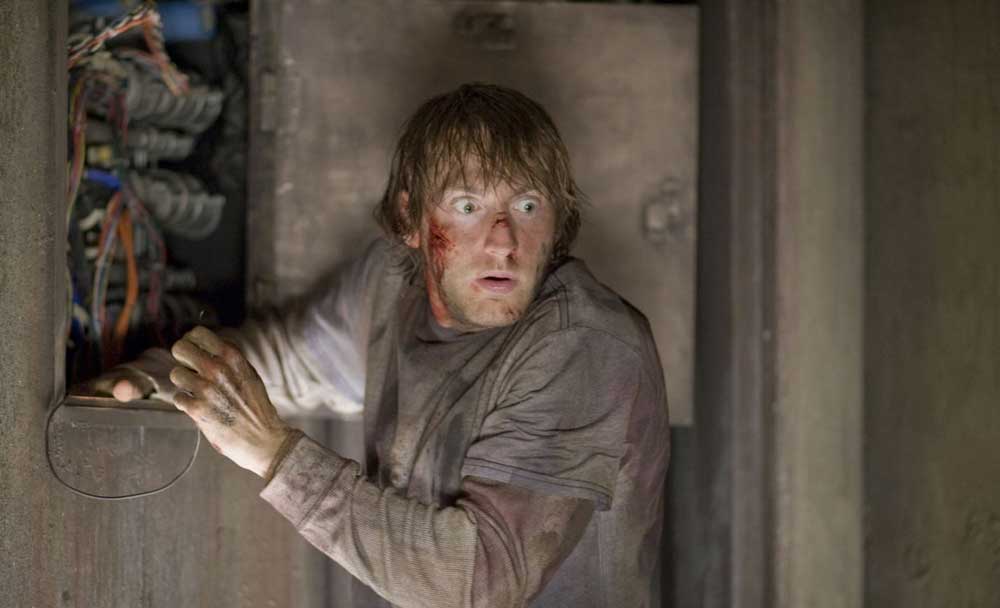
The film’s final act is a fascinating build with plenty of clues about the real happenings. Whedon and Goddard appear to be abandoning their beliefs about what their film should look like. They are modest and smart and trying to deliver action on a scale that the film doesn’t have the budget for. This section is filled with incredible visuals. It’s no surprise that the moment when the lift opens and all hell breaks out is still talked about. But it becomes difficult to see what lies below. The film’s final revelation doesn’t quite stick and sets the stage for a superstar appearance that belongs in another genre.
We might have seen Cabin if the MGM studio hadn’t been in such dire times. However, the delay may have helped it in certain aspects. If it had been made today or if the bankrollers hadn’t run out, this film would have been much longer and more complex. No matter what other complaints you may have about the film, regardless of whether you agree with its tone, it doesn’t contain any fat and doesn’t overstay its welcome at 95 mins.
If Whedon or Goddard had simply stuck to their guns and produced a toned-down finale that was worthy of the wit and creativity of the rest, then The Cabin in the Woods could have been a masterpiece of postmodern cinema. It’s still fun. However, self-aware cinema has advanced a lot in the past ten years.


